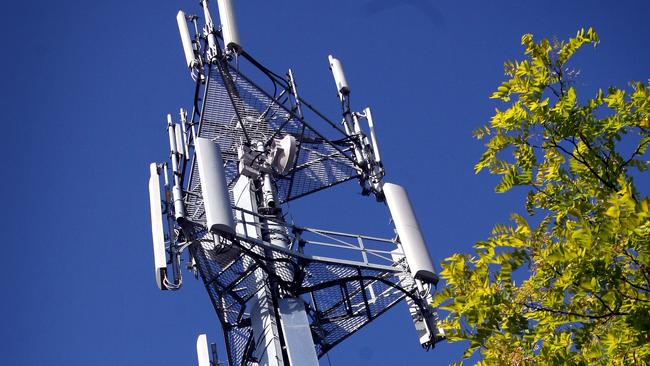Claim that Telstra shuns regional Australia rebutted as offensive
Telstra’s investment track record puts a lie to complaints about its service to the bush, writes ANDY PENN

The claims by federal Agriculture Minister David Littleproud in last week’s The Weekly Times (“Telstra shuns the bush”) that Telstra had given up on the bush were offensive.
Firstly, I was offended for the thousands of Telstra team members who work tirelessly to keep our customers connected, particularly during times of crises, fires and flood.
They are often the first ones on the ground when a disaster hits to reconnect and rebuild communities – and they are there until the job is done.
Mr Littleproud’s claims were also offensive given the significant investment we have made and continue to make in the bush.
Since 2005, Telstra has invested more than $20 billion in our mobile network, including in many locations where our competitors have chosen not to invest.
Today our network covers one million square kilometres more than any other telco.
His criticism also came in the same month that I committed another $150 million over the next 12 months to enhance networks in regional, rural and remote Australia and an additional $200 million co-investment fund to further extend regional coverage.
The latter to stimulate co-investment with Government, local councils and businesses in areas that would otherwise be difficult to justify on economic grounds.
Telstra is also the biggest contributor to his government’s mobile blackspots program by a country mile.
Telstra understands better than anyone the challenges of providing telecommunications services in regional Australia.
I also want to set the record straight on the solutions Mr Littleproud proposed which I believe are likely to leave rural and regional areas still using 3G services when the rest of the country is contemplating 6G technology.
As the current USO telephone service connection provider, we have openly supported and advocated for it to be reformed for many years.
The current arrangements require us to provide the basic fixed line connectivity using ageing copper and we think people in those areas also deserve better with new technologies becoming available and the NBN rollout complete.
Rather than find Telstra was “gaming the USO” as wrongly asserted by Mr Littleproud, the Productivity Commission review recommended the Government overhaul the USO and that a mix of new technologies be used to provide telephone services – as we have been saying.
It is also unclear what Mr Littleproud wants when he talks about USO for mobiles.
Telstra already provides mobile coverage to 99.5 per cent of where the population live – about 25 per cent of Australia’s land mass.
It is not feasible for a mobile network to cover the complete landmass of Australia.
Similarly, mobile network roaming has been investigated and ruled out by the ACCC multiple times.
Mr Littleproud also calls for defined service repair times.
Telstra already has to meet a range of regulations around service recovery and we work hard to meet those obligations.
Ironically similar service obligations don’t currently apply to the Government’s own telco NBN Co.
I am by no means saying we always get it right or that the job is done – far from it and we know some customers are experiencing an increase in faults on copper.
But we are there around the clock doing our best to ensure our customers are connected, faults are fixed and issues addressed quickly.
We will continue to invest but it is not just a job for Telstra, Mr Littlepoud’s own Government has a role to play, as do the other telcos.
● Andy Penn is the chief executive of Telstra
MORE
TELSTRA’S REGIONAL SERVICE IS A SHAM
FOREIGN OWNERSHIP REGISTER: 400-PLUS FARMS WITH FOREIGN INTERESTS
HOW MELBOURNE’S Covid LOCKDOWN IS ‘CRIPPLING’ REGIONAL VICTORIA’S ECONOMY


